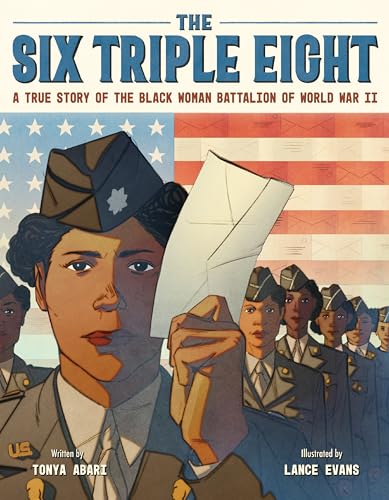
The Armed Forces of World War II
by Andrew Mollo
"Uniforms, Insignia, and Organization"
Popularity
4.33 / 5
* A book's popularity is determined by how it compares to all other books on this website.
Where to buy?
Buy from Amazon* If you buy this book through the link above, we may receive a small commission at no extra cost to you.
The Armed Forces of World War II by Andrew Mollo
Details
War:
World War II
Perspective:
Logistics
True Story:
Yes
Biography:
No
Region:
Europe
Page Count:
312
Published Date:
1981
ISBN13:
9780517544785
Description
Brief Summary
The Armed Forces of World War II by Andrew Mollo provides a comprehensive overview of the various military uniforms and insignia used by both Allied and Axis powers during World War II. This book offers detailed illustrations and descriptions, making it a valuable resource for historians, military enthusiasts, and anyone interested in the sartorial aspects of wartime history.
Main Themes and Topics
One of the primary themes of the book is the diversity and complexity of military attire during World War II. Mollo meticulously catalogs uniforms, showcasing how various branches of the military in different nations displayed their unique styles and distinctive insignia. The book explores the evolution of these military garments over the course of the war, highlighting how uniforms were adapted to meet the practical needs of soldiers in diverse environments, from the icy tundras of Russia to the deserts of North Africa.
Another significant topic covered is the symbolism embedded in military insignia and uniforms. Mollo delves into the meanings behind various badges and emblems, providing insights into the hierarchy and structure of wartime militaries. This focus on symbolism underscores the broader cultural and psychological roles that uniforms played in boosting morale and fostering a sense of identity and camaraderie among troops.
Writing Style and Tone
Andrew Mollo's writing style in The Armed Forces of World War II is informative and detail-oriented, aiming to provide readers with an accurate and thorough account of military apparel. The tone of the book is scholarly yet accessible, with a clear focus on factual representation rather than narrative flair. Mollo balances detailed descriptions with well-researched historical context, allowing readers to fully understand the significance of each uniform and insignia.
Criticism
Some readers might find the book heavily focused on visual elements, which can sometimes overshadow the contextual and narrative elements. While the illustrations and photographs are indeed a highlight, those seeking an in-depth historical narrative about World War II's events might find the book's focus on uniforms and insignia somewhat limiting. Furthermore, the specificity of the subject matter might not appeal to readers who do not have a keen interest in military apparel or the visual aspects of wartime history.









